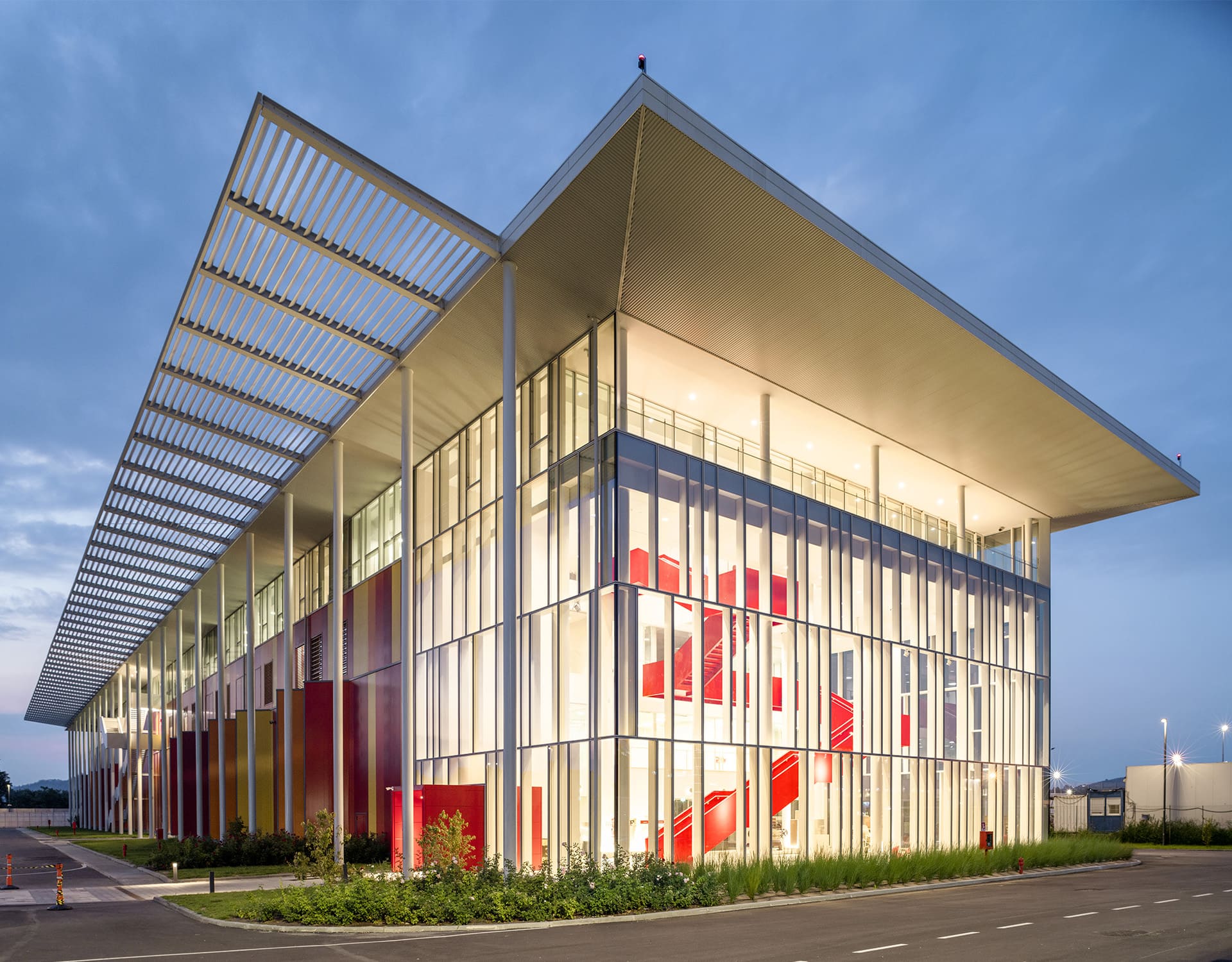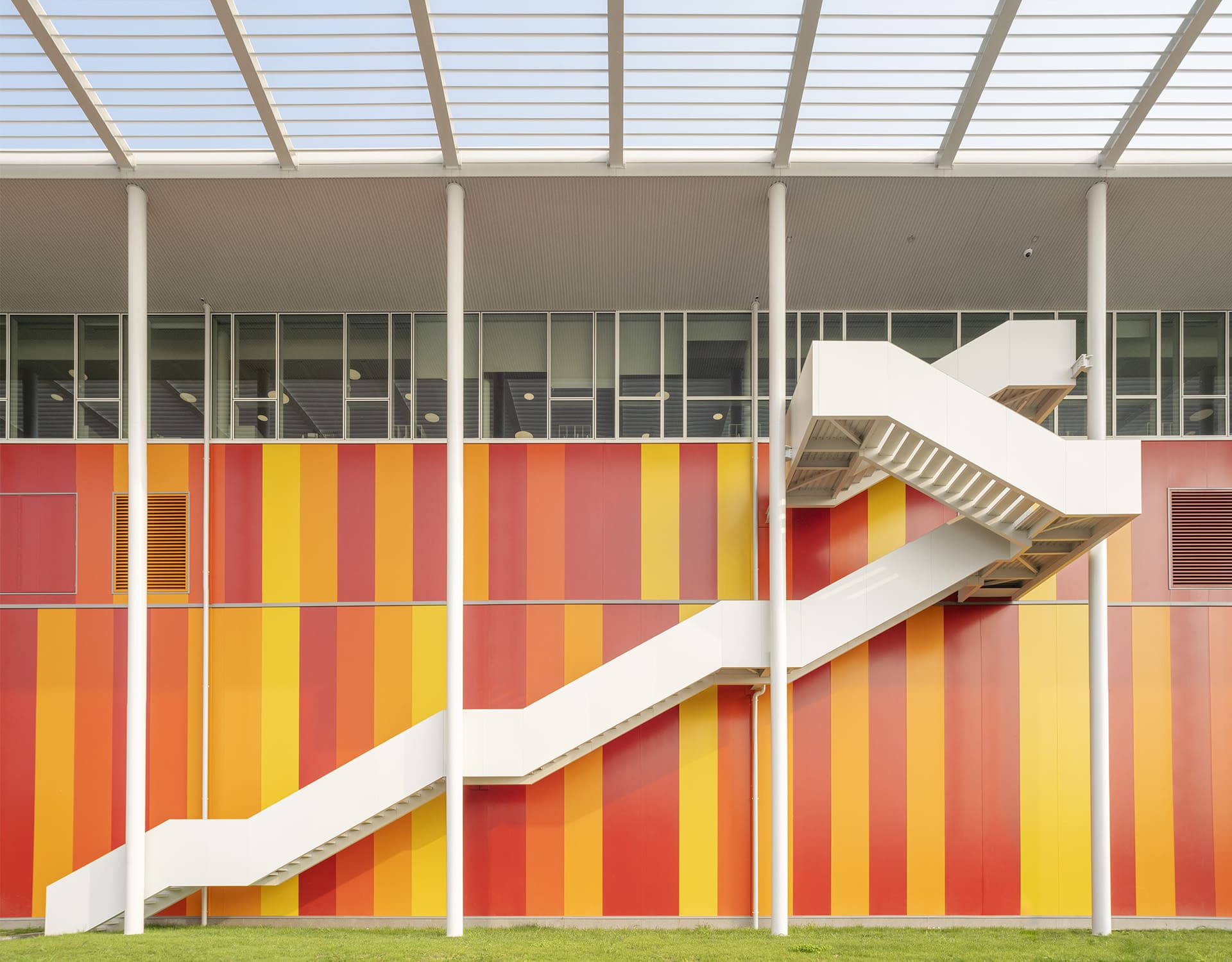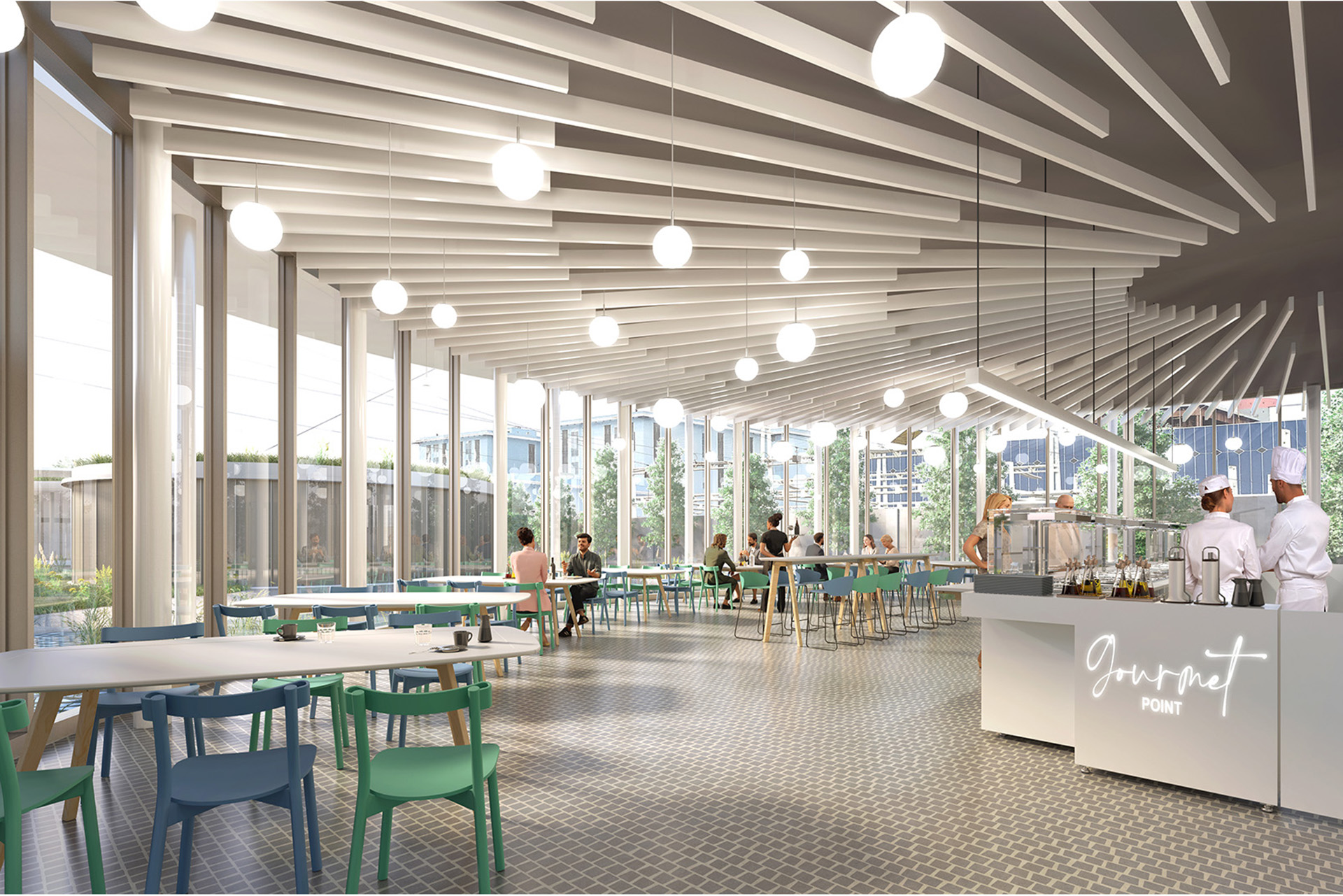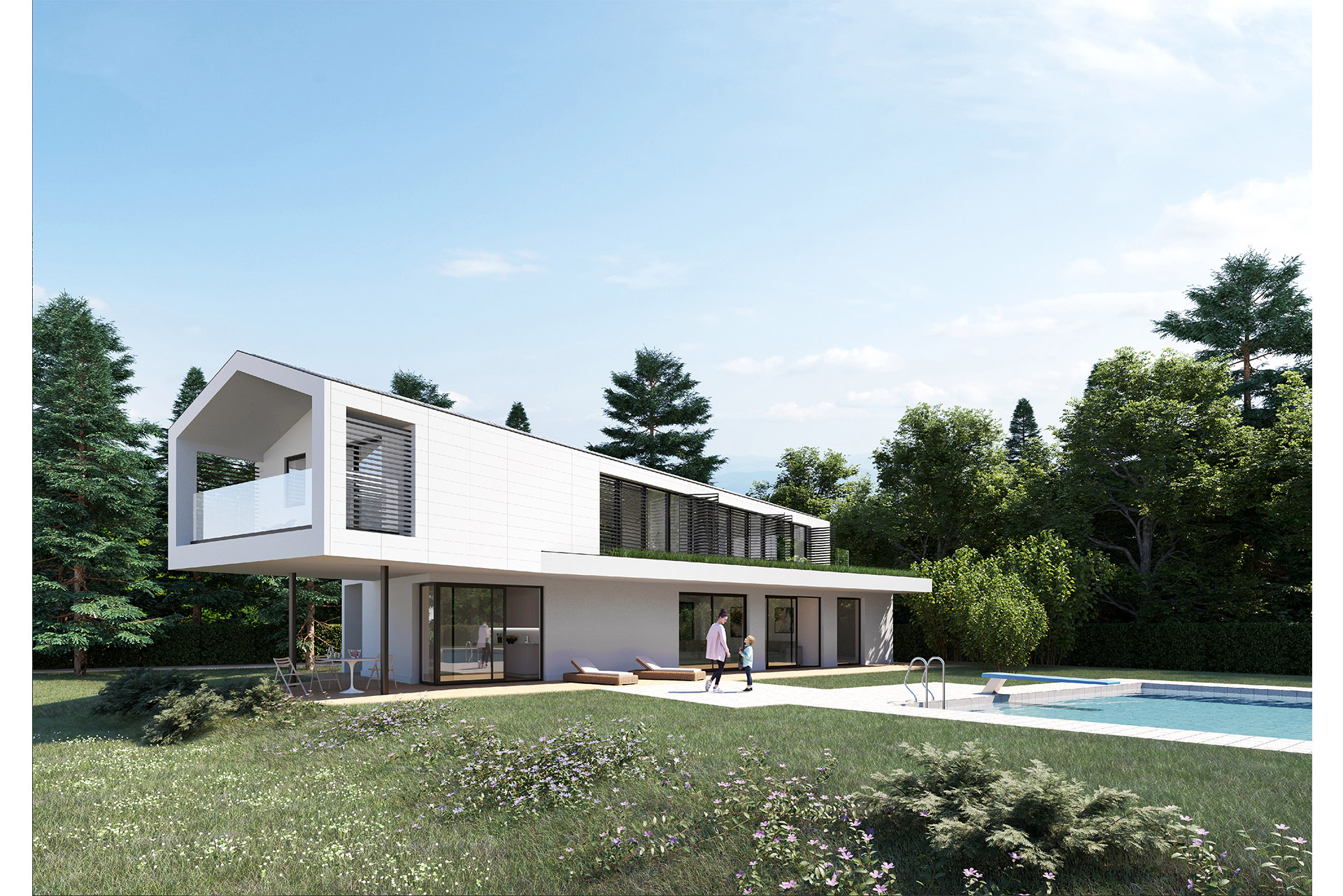

| CANVAS OF PLANS & DRAWINGS |
INTERIOR & DÉCOR, but with a twist |
| HOTELS & RESTAURANTS, beyond mainstream |
Notes on ART |
| Into big AFFAIRS | INSIDERS |
| GLIMPSES | |
Keywords:
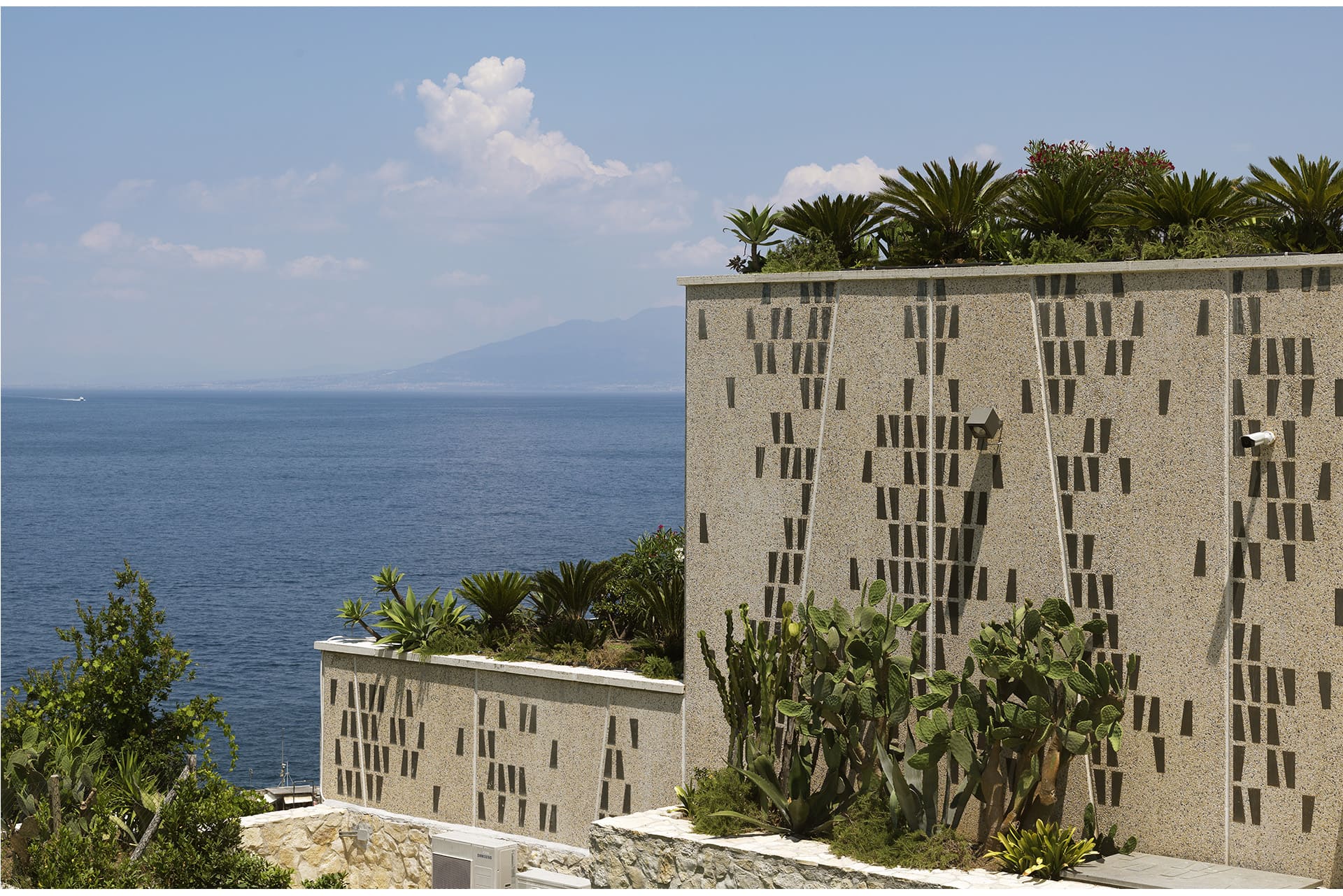
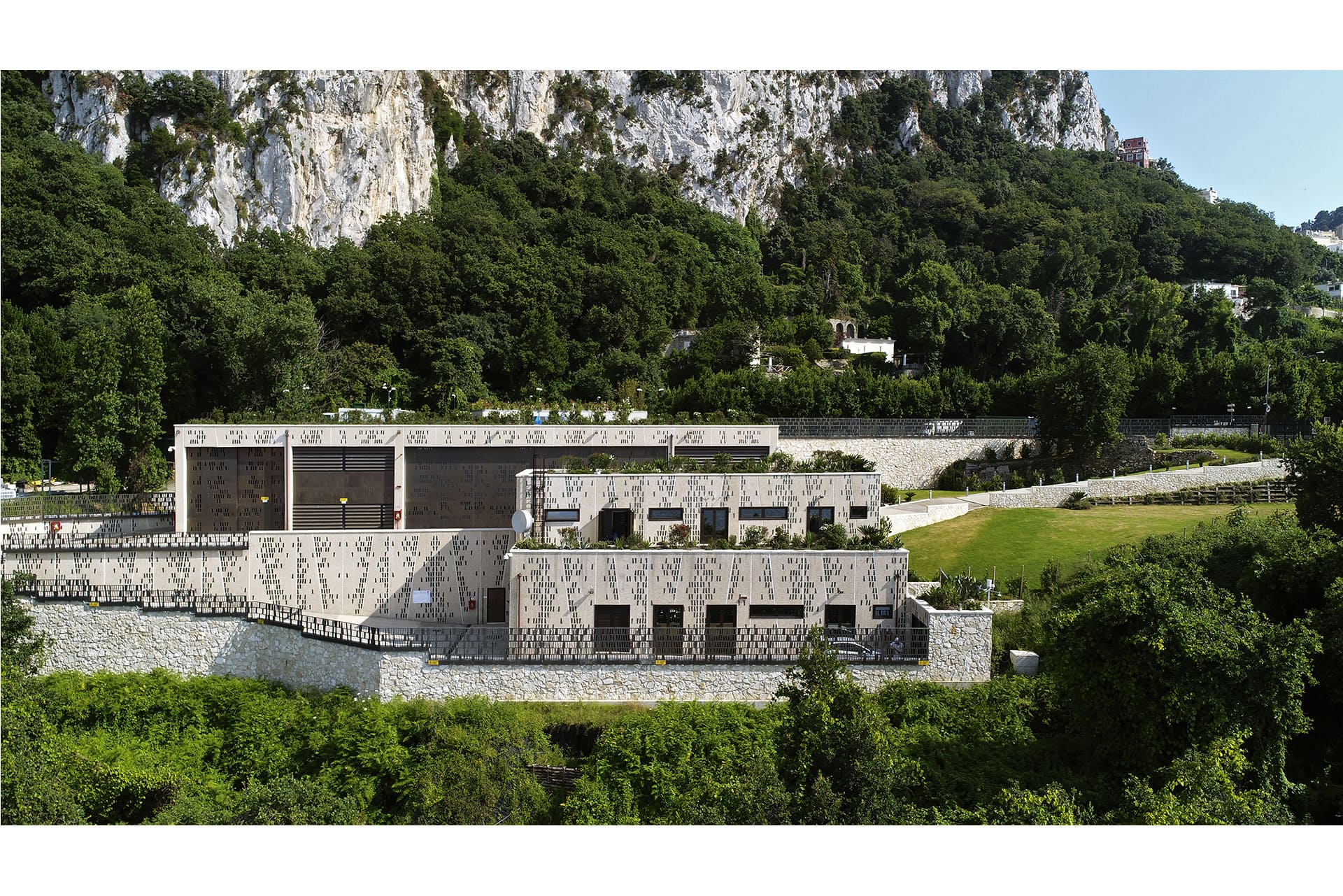
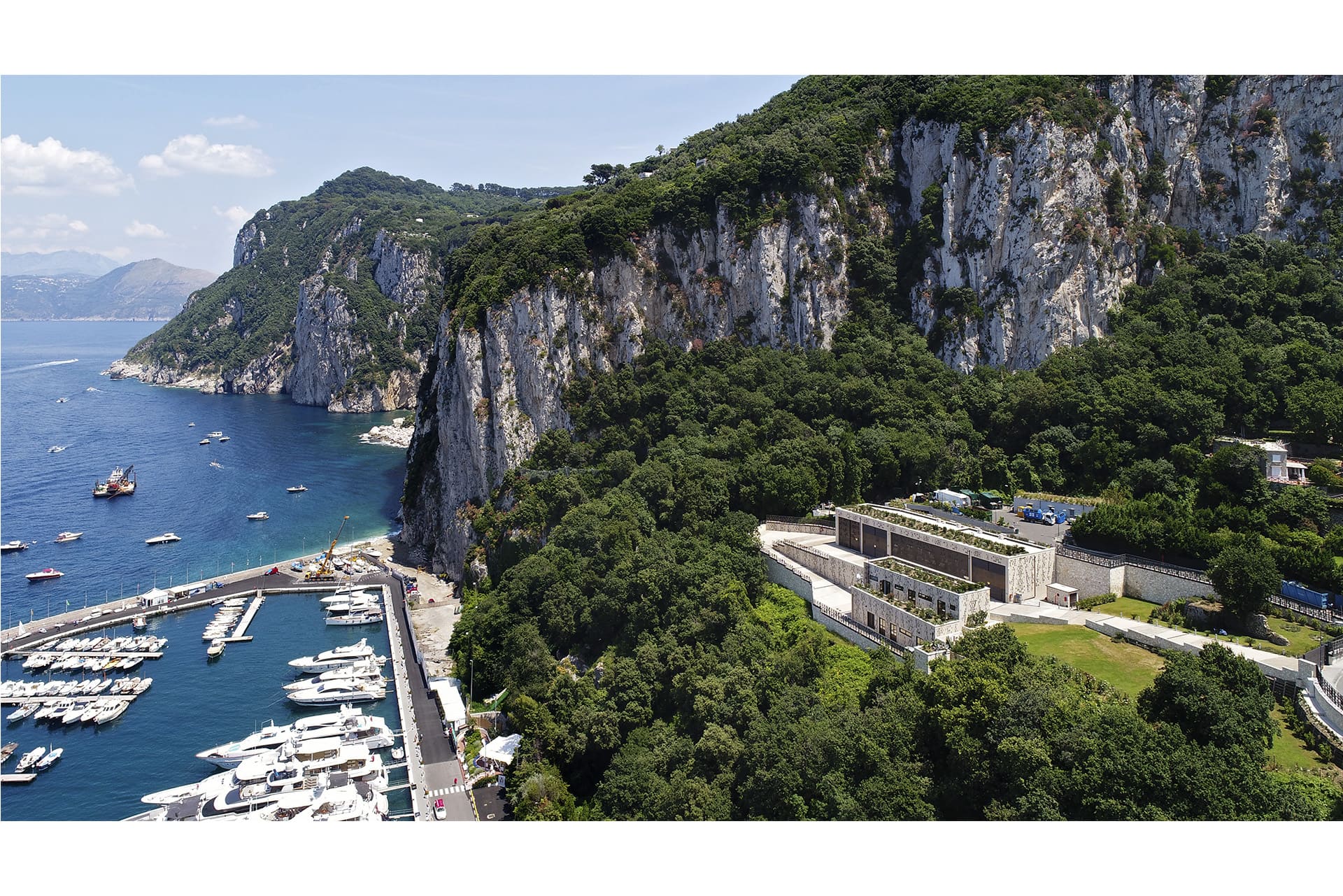
Time is a litmus test, that is to say that architecture begins when the construction site closes. It is at this moment that we truly understand whether or not we have done a good job. Architecture is in fact subject to time and it is the latter that determines the quality of the work done. We live in a time when it is crucial to build projects that last over time – on this point the European community has introduced specific rules. Time is a complex factor, critical if you like, because it enters every part of architecture, even the most secondary ones. Everything has to be studied, thought through, examined and designed over time. And the project itself needs a period of maturation. The point that I consider nodal in the development of an architecture is that it is progressive, that it lives in time. It is here that the principle of slow architecture is inserted. According to this principle, architecture draws from the context in which it takes the elements of its definition. In this case, the term “context” should be understood broadly as the story, society and climate of the place – all factors that inevitably define the project.
